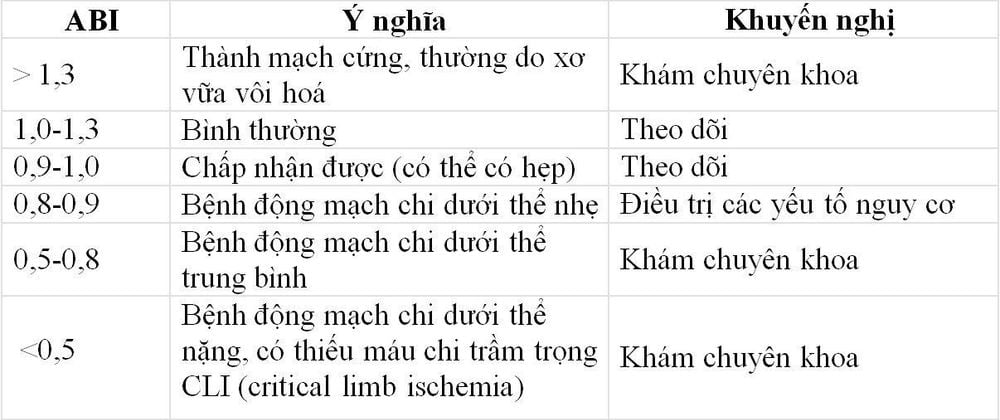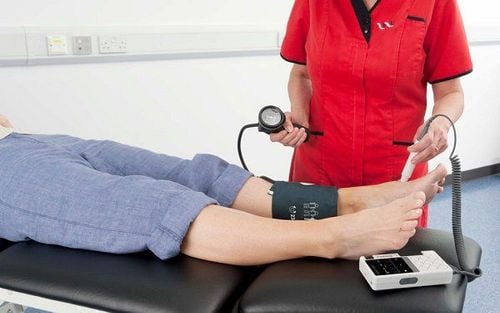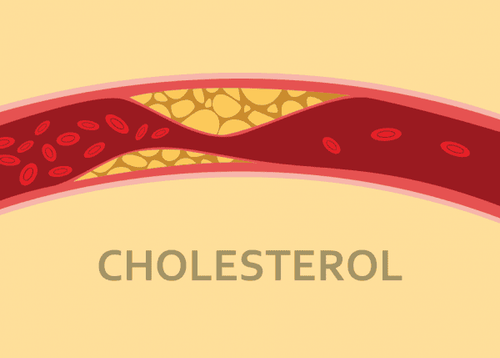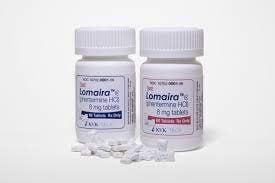This is an automatically translated article.
The article was consulted with Dr. Nguyen Van Duong - Interventional Cardiologist - Cardiovascular Center - Vinmec Central Park International General Hospital.Ankle-brachial blood pressure index (ABI) plays an important role in the simple and effective diagnosis of lower extremity artery disease. The disease is not simply a disease of the limb, but also a warning sign of future health.
1. What is the ankle-brachial index (ABI)?
The ankle-brachial index (ABI) is determined by dividing the ankle systolic blood pressure by the brachial pressure.The American Heart Association defines the ankle-brachial index (ABI) as follows: The ABI is determined by the quotient where the numerator is the ankle blood pressure and the denominator is the systolic blood pressure. arm. This is a significant indicator in the diagnosis of lower extremity artery disease very effectively. This disease is not only a disease of the limbs but also a warning sign of the risk of health problems such as: cardiovascular disease and stroke.
Ankle-brachial index has many different names such as:
ABI: Ankle Brachial Index (ankle-brachial index). AAI: Ankle Arm Index (ankle-forearm index). ABPI index: Ankle Arm Pressure Index (CCCT circuit pressure index). Also known as diastolic systolic blood pressure.
2. Meaning of Ankle Brachial Index (ABI)

One of the ways to detect peripheral artery disease early is simply measuring the ABI.
3. Ankle-arm blood pressure measurement technique
To measure the blood pressure of the ankle arm can be used manual method and automatic machine.3.1 Manual measurement method Measure the blood pressure of the extremities in turn, then calculate the readings of each side. Then take the ankle and arm blood pressure values to calculate the ABI number Manual measurement method has higher accuracy but takes time to measure and calculate. 3.2 Automatic measurement method In the automatic ABI measurement process, it is only necessary to install the ABI measuring devices once on the ankle and arm on both sides of the patient and then press the machine. The ABI meter will automatically measure and calculate the index, and print the available results. Automatic measurement is done quickly, shortening the examination time, so it is very convenient in practical medicine. However, automatic measurement is prone to errors if the preparation technique is not good (like measuring blood pressure with an automatic monitor). Measure systolic blood pressure in extremities (2 lower extremities take systolic blood pressure at the ankle)

4. Meaning of ABI
The following are important meanings from the ankle-brachial index (ABI), specifically:
5. Indications and contraindications for measuring ABI
5.1 Indications for measuring ABI 5.1.1 High-risk group Smoking Diabetes Hypertension Hyperlipidemia Family history of lower extremity artery disease Age > 70 5.1.2 Pathological group Screening of patients atherosclerosis Evaluation of lower extremity pain Evaluation of lower extremity ischemia: intermittent claudication, pain at rest, nonhealing ulceration or necrosis Lower extremity injury Prognosis of disseminated vascular disease Evaluation after intervention, surgery (dilation, stent bypass) 5.2 Contraindications to ABI measurement Patients with pain in the lower legs and feet Patients with deep vein thrombosis
6. Symptoms of lower extremity peripheral artery disease
Leg pain and limp walking. Only by stopping and resting can the pain subside. For patients with diabetes, the elderly or those with neurological sequelae, sedentary will not show clinical symptoms. Severe lower extremity peripheral artery disease may show cyanosis, paralysis, weakness, or paralysis of the legs.7. Treatment of lower extremity peripheral artery disease
7.1 Reduce risk factors Stop smoking. Add a diet high in fiber, low in protein and cholesterol. Exercise to lose weight (when the patient is overweight) Be more active, have reasonable and appropriate exercises. You can walk on a rolling mat at home or walk normally, when symptoms appear, rest until the pain is gone. Practice for about 40-60 minutes, 3 times a week and apply continuously for 3 months. 7.2 Internal Medicine Control blood sugar, blood pressure and cholesterol levels.
Please dial HOTLINE for more information or register for an appointment HERE. Download MyVinmec app to make appointments faster and to manage your bookings easily.














